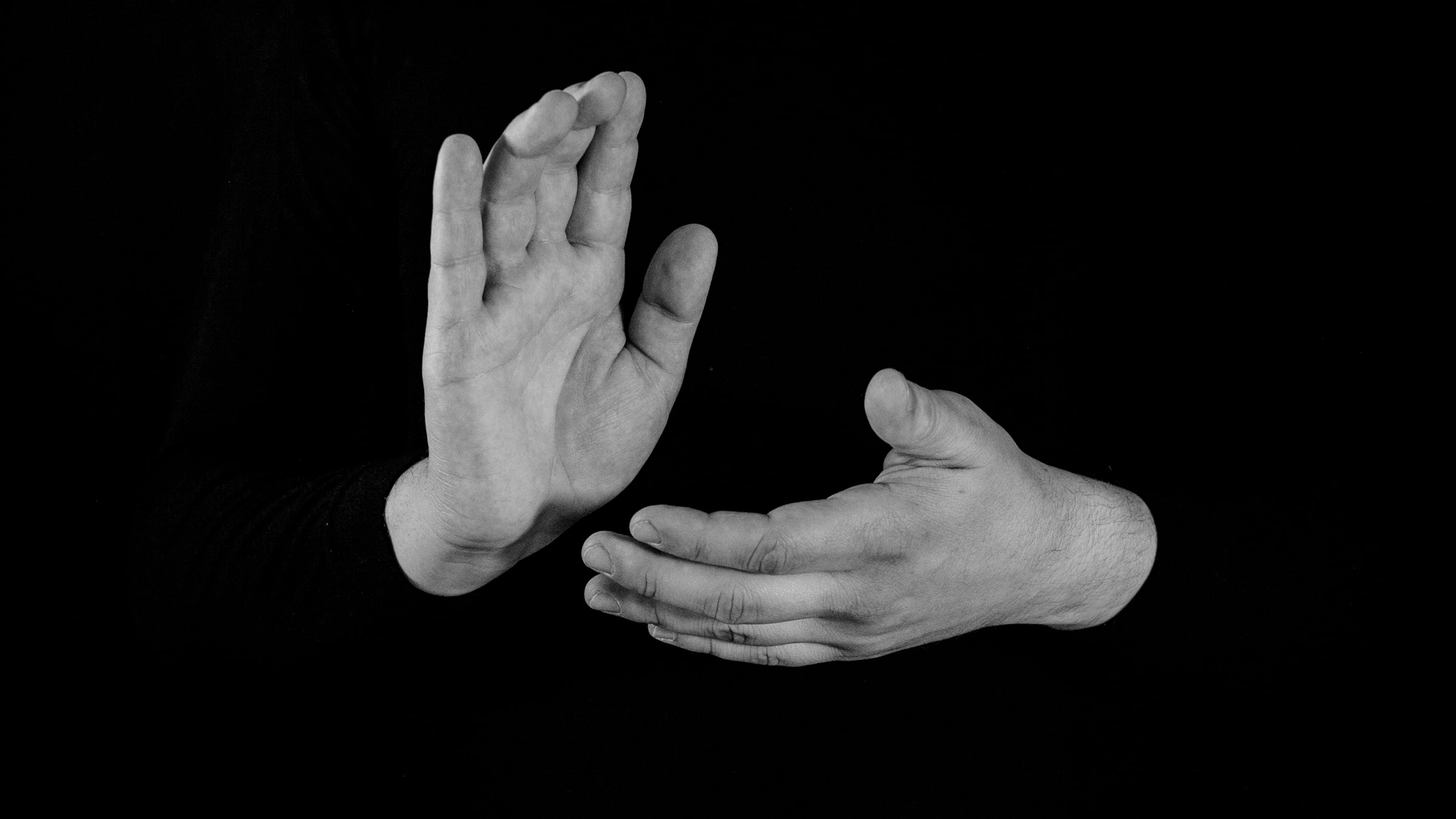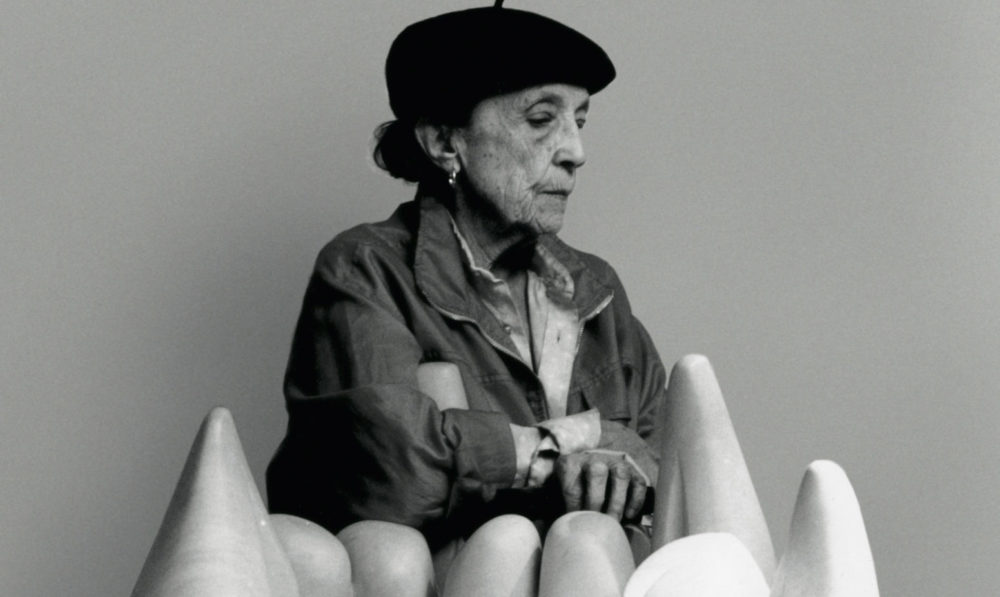Performance
November 10, 2016 / 18:45
A musical performance will accompany the exhibition Cold Front from the Balkans. Presented as part of the exhibited video and installation piece Stranger than Paradise, artist Mark Požlep and his pianist’s performance is based on a real social environment. The project took place as a seven-day concert tour in the homes for the elderly in six countries of former Yugoslavia: Slovenia, Croatia, Bosnia, Montenegro, Macedonia and Serbia. This musical performance was composed of seven songs, which marked popular Yugoslav music from the 50's and 60's.
Free of admissions, drop in. This event will take place in Pera Café.
Temporary Exhibition
Pera Museum’s Cold Front from the Balkans exhibition curated by Ali Akay and Alenka Gregorič brought together contemporary artists from Albania, Bosnia and Herzegovina, Bulgaria, Croatia, Kosovo, Macedonia, Montenegro, Romania, Serbia and Slovenia.
Click for more information about the exhibition.


Pera Museum Blog is launching a new series of creepy stories in collaboration with Turkey’s Fantasy and Science Fiction Arts Association (FABISAD). The Association’s member writers are presenting newly commissioned short horror stories inspired by the artworks of Mario Prassinos as part of the Museum’s In Pursuit of an Artist: Istanbul-Paris-Istanbul exhibition. The third story is by Murat Başekim! The stories will be published online throughout the exhibition. Stay tuned!

Pera Museum, in collaboration with Istanbul Foundation for Culture and Arts (İKSV), is one of the main venues for this year’s 15th Istanbul Biennial from 16 September to 12 November 2017. Through the biennial, we will be sharing detailed information about the artists and the artworks.
Tuesday - Saturday 10:00 - 19:00
Friday 10:00 - 22:00
Sunday 12:00 - 18:00
The museum is closed on Mondays.
On Wednesdays, the students can
visit the museum free of admission.
Full ticket: 300 TL
Discounted: 150 TL
Groups: 200 TL (minimum 10 people)